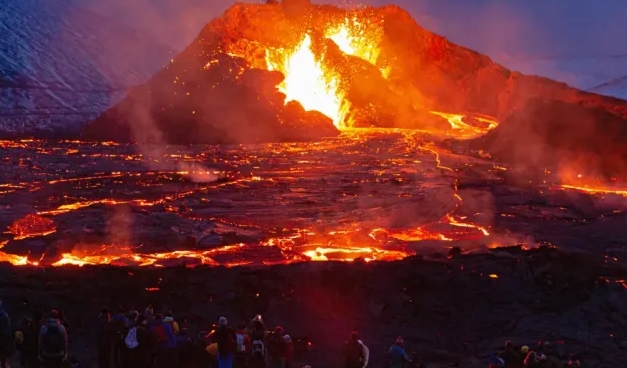Volcanoes are fascinating natural features that have captured the imagination of people for centuries. But have you ever wondered how volcanoes are formed?
Magma Chambers
When tectonic plates collide or move apart, the Earth’s crust can crack, allowing magma from the mantle to rise to the surface. This magma collects in a chamber beneath the Earth’s surface, waiting to erupt.
Eruptions
When the pressure in the magma chamber becomes too great, the volcano erupts, spewing lava, ash, and gases into the air. This explosive release of energy can create new landforms and shape the landscape.
Types of Volcanoes
There are different types of volcanoes, including shield volcanoes, stratovolcanoes, and cinder cone volcanoes. Each type has a distinct shape and erupts in different ways.
Shield volcanoes have gentle sloping sides and are typically formed from the eruption of low-viscosity lava. Stratovolcanoes, on the other hand, have steeper sides and are composed of layers of hardened lava, ash, and other volcanic materials. Cinder cone volcanoes are small, steep-sided volcanoes that form from the eruption of pyroclastic material.
Ring of Fire
Many of the world’s volcanoes are located in a region known as the Ring of Fire, which encircles the Pacific Ocean. This area is the site of frequent seismic activity and volcanic eruptions due to the movement of tectonic plates.
Volcanic Hazards
While volcanoes are awe-inspiring natural phenomena, they can also pose serious hazards to people and the environment. Eruptions can lead to ash clouds, pyroclastic flows, and lahars, which can cause damage to infrastructure and harm to human populations.
Understanding the origins of volcanoes can help scientists predict eruptions and mitigate the risks associated with living near active volcanic zones. By studying the formation of these powerful features, we can gain a deeper appreciation for the Earth’s dynamic processes and the forces that shape our planet.

